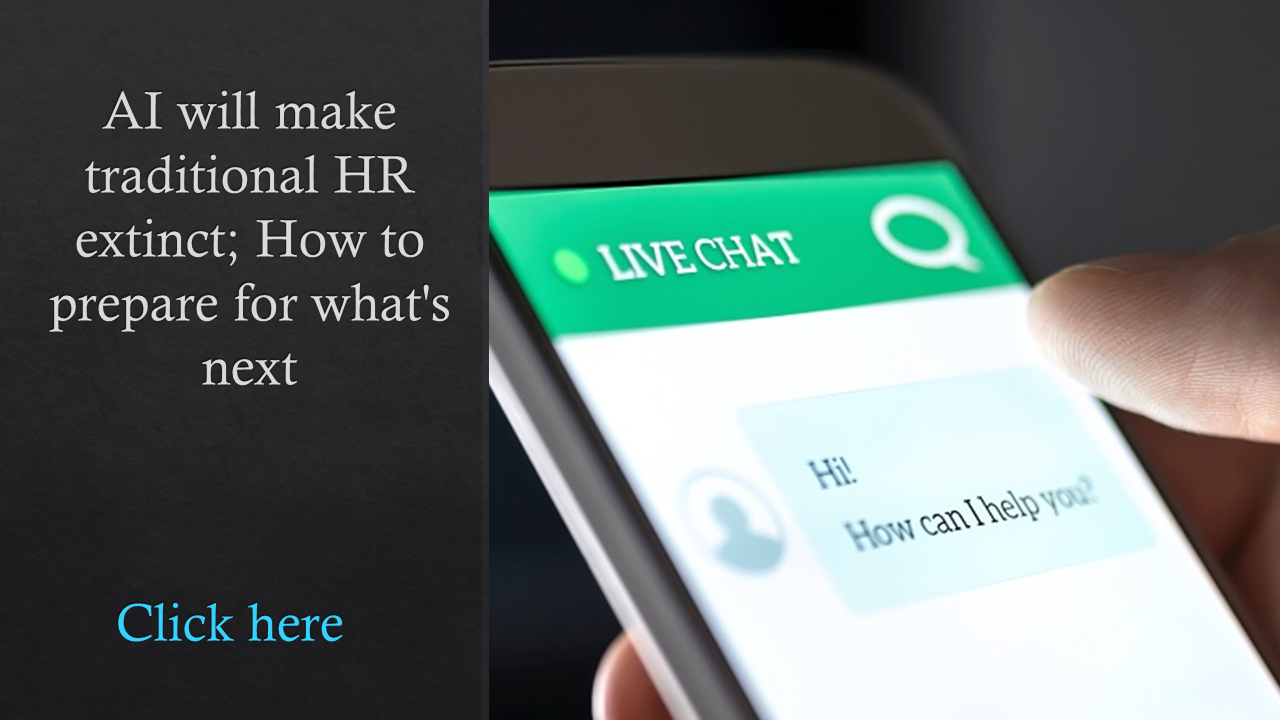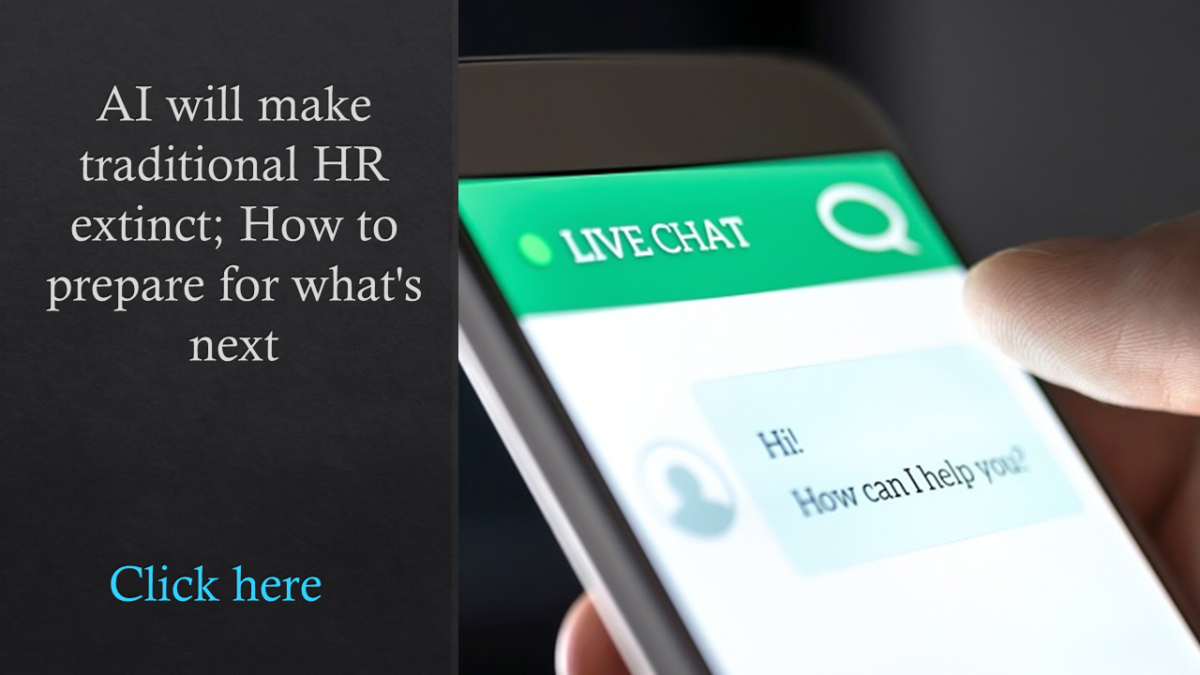In the wake of the #MeToo and Black Lives Matter movements, HR leaders are increasingly being tasked with addressing the inequities that exist in their workplaces. This may involve brutal self-reflection and a willingness to admit that their companies are far from the equitable places they once thought they were.
On a positive note, experts say, employers appear to be taking diversity, equity and inclusion efforts seriously—and they’re getting some help from tech. For instance, some HR technology providers are creating AI-based solutions that shine a light on employers’ often decades-old management practices that can allow them to overlook an all-white senior management team and C-suite or to ignore instances where minorities are leaving hostile workplaces.
The role of technology should not be underestimated and can be a great enabler of DE&I, says Kay Formanek, founder and CEO of Diversity and Performance, a diversity education company. She was a managing director for 25 years at Accenture and is the author of the forthcoming book Beyond D&I: Leading Diversity with Purpose and Inclusion, set to publish later this month.
“The reality is that there is a new generation of talent—Generation Z—that will be looking at tech companies [in particular] for the way that they strategically lead diversity,” says Formanek. “And they will be evaluating whether tech companies are doing lip service to diversity or whether there is a clear focus on race, gender, age and other dimensions of diversity.”
The DE&I solution landscape
Several DE&I solutions also give HR and diversity leaders a snapshot of the organization in its current iteration and how they can improve.
See also: How Google is making DE&I more than a buzzword
ADP’s DataCloud DEI Dashboard, for example, displays the demographic composition of an organization and compares it to workforce demographics in a given industry or region. This allows organizations to answer the “How are we doing?” question and provides context that can inform DE&I initiatives and goals, says Jace Harker, director of product management at ADP. He says more than 1,000 organizations currently use its solution.
“The DEI Dashboard supports five demographic slices: age, gender, race/ethnicity, disability and veteran status. It also supports intersectionality, so organizations can look at, for example, representation of Black women compared to women overall in the organization,” says Harker.
Mandy Price
Measuring DE&I efforts is the focus of Kanarys’ platform, which provides a framework, benchmarking and data that organizations can use to evaluate their workplace culture, says Mandy Price, the company’s co-founder and CEO. The solution looks at policies and procedures as well as employee sentiments around DE&I to craft solutions that deliver what it calls “lasting, systemic change.”
“The intersection of DEI and technology is a relatively new concept, and Kanarys utilizes artificial intelligence, machine learning and natural language processing to foster collaboration on DEI issues between employers and employees,” says Price.
Another tool is Paradigm, which offers a suite of DE&I solutions along with a team of DE&I consultants who can counsel organizations in addressing these matters. “Many of our customers send out small microlearning videos or short readings once per month to introduce new DEI themes or equip people with relevant skills,” says Joelle Emerson, CEO of Paradigm. “Many also integrate foundational training into onboarding and invite their employees to quarterly live workshops led by our experts.”
The cold, hard diversity truths in your data
 Using tech to drill down into DE&I numbers can be eye-opening for organizations. For instance, companies that prided themselves on being fair and equitable may be taken aback when the hard numbers reveal what their employees experience in their work life.
Using tech to drill down into DE&I numbers can be eye-opening for organizations. For instance, companies that prided themselves on being fair and equitable may be taken aback when the hard numbers reveal what their employees experience in their work life.
“Technology might identify that a certain demographic group is being terminated at a disproportionately high rate, undermining the company’s DEI strategies. If we don’t know the extent of our unconscious biases, we can’t address them,” says Sarah Rodehorst of Onwards HR, a risk management platform provider.
While diversity and equity may be a bit easier to acknowledge—a quick scan at employee salaries and an organization’s “About Us” web page can offer some insights—inclusion can be challenging to measure.
Related: HR, don’t forget the “I” in diversity, equity and inclusion

Andrea Forsht
Inclusion starts with safety, says Andrea Forsht, director of diversity, inclusion and social impact for app development platform Quickbase. “We want all of our employees to feel safe being their authentic selves at work. That is the minimum baseline and our goal is for all employees to feel respected and valued,” she says.
Surveys that ask questions on topics like belonging, voice, engagement and psychological safety are helpful, adds Emerson of Paradigm. Another obvious metric that most organizations should be looking at is attrition—understanding the rates at which different demographic groups leave your organization can be one indicator of a potential inclusion challenge, she says.
Companies also need to hear from their employees about their lived experiences in the workplace to ensure it is inclusive, says Price. “At Kanarys, we do this by creating a safe space for employees to leave anonymous feedback on their day-to-day, lived experiences, and we’re also assessing various data, including both anonymous employee reviews and public company data through a diversity and inclusion lens,” she says.
